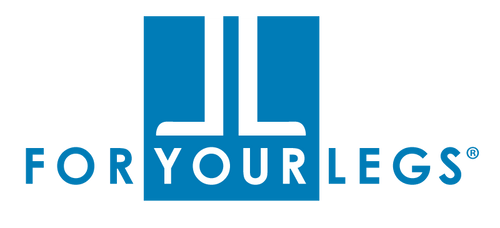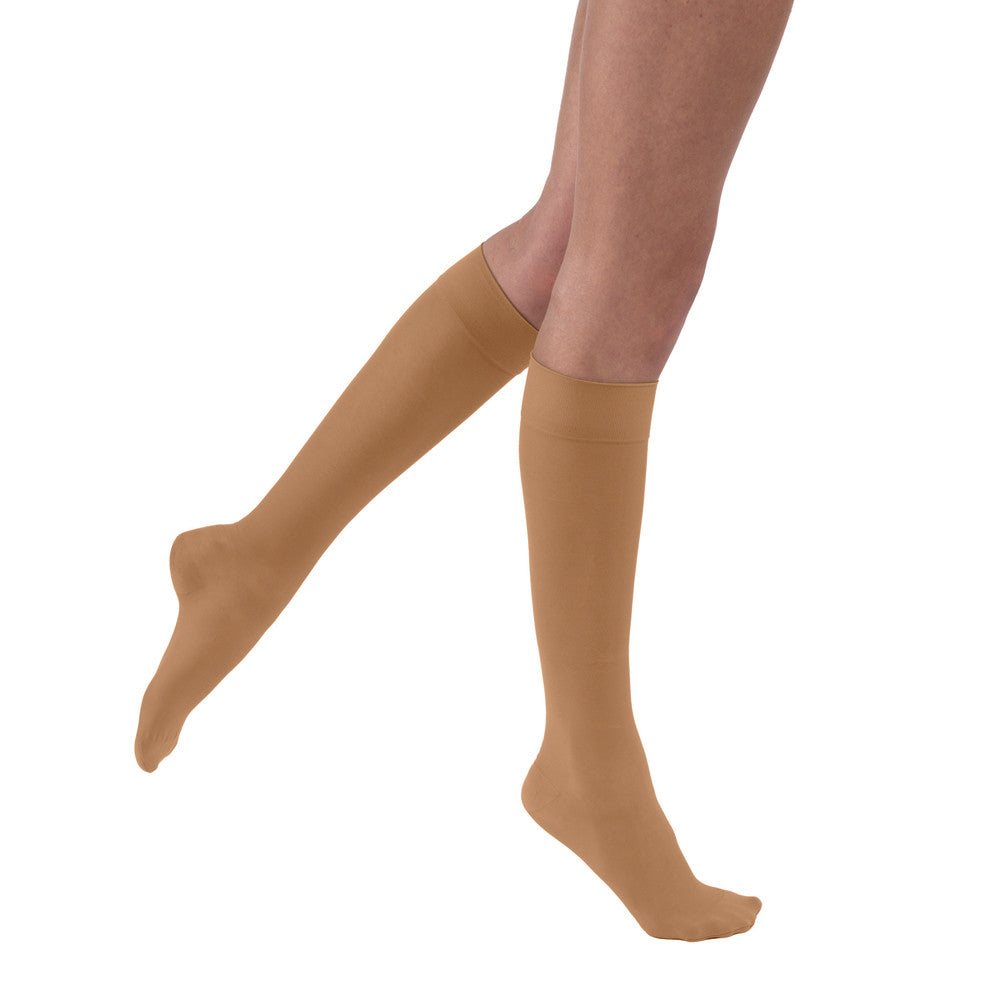Lasers on Stun: Treating Chronic Venous Insufficiency with Endovenous Laser Ablation
Chronic venous insufficiency is somewhat of a blanket term referring to a number of venous disorders wherein the blood has a difficult time circulating from the legs back up to the heart. Weakened or damaged valves in veins cause blood to pool or leak in the leg, creating pressure on vein walls and enlarging the veins themselves.
Conditions like varicose veins, venous ulcers, and post-thrombotic syndrome all fall under the umbrella of chronic venous insufficiency. Fairly common and usually chronic, these conditions can create discomfort, fatigue, and health problems like blood clots or infections.
There are a number of treatments available to alleviate and manage symptoms; depending on the severity of symptoms, these can range from lifestyle changes like exercise or wearing compression to full surgical procedures, or some combination thereof. One of the more common and effective treatments is a non-invasive technique called endovenous laser ablation.
The name sounds a little intimidating, like some kind of medical science-fiction: Lasers? Ablation? What does it all mean?
In simplest terms, “ablation” refers to the removal of body tissue; in this case, it’s the veins. Now, the veins themselves aren’t removed in the sense of being taken out, but rather they’re sealed shut using heat from lasers.
Unlike other surgical procedures like vein stripping that are done under general anesthesia, endovenous laser ablation is an outpatient procedure that uses a local anesthetic. It’s a quick procedure, too: it usually takes no more than an hour or two, which means you can go home and resume your normal routine almost immediately. After a procedure, a patient may experience some slight bruising and feelings of tightness or soreness in their leg, but this subsides after a few weeks.
So what exactly goes on during an endovenous thermal ablation procedure?
Before beginning the treatment, the doctor uses an ultrasound to map the area and locate the malfunctioning vein. A local anesthetic is then applied to the area and a microincision is made so that a catheter containing a thin laser fiber can be inserted into the vein directly.
The laser fiber emits energy, its heat closing the vein from the inside, causing it to shrink and collapse. The body absorbs the now-defunct vein, re-routing blood flow through the healthy veins surrounding it.
Oftentimes endovenous laser ablation is coupled with a mini-phlebectomy to eliminate the residual veins that branch from the damaged vein. These smaller veins are removed through multiple microincisions in an outpatient procedure performed under local anesthesia and require no stitches nor leave any scars.
Endovenous laser ablation is covered by insurance or Medicare for most patients and has an overall success rate of 97%, making it an ideal treatment for chronic venous insufficiency. If you are considering this procedure, please talk to your doctor about your options!
SOURCES
Khilnani, Neil M., MD. "Varicose Vein Treatment With Endovenous Laser Therapy." MedScape Cardiology. WebMD LLC, 15 Jan. 2016. Web. Retrieved from http://emedicine.medscape.com/article/1815850-overview
"Minimally Invasive Procedures for Chronic Venous Insufficiency." NYU Langone Medical Center. NYU Hospitals Center, 2016. Web. Retrieved from http://nyulangone.org/conditions/chronic-venous-insufficiency-in-adults/treatments/minimally-invasive-procedures-for-chronic-venous-insufficiency
Navarro, Luis, MD. "Endovenous Laser Ablation." The Vein Treatment Center. Web. Retrieved from http://veintreatmentcenter.com/treatments/endovenous-laser-ablation/
Navarro, Luis, MD. "Mini-Phlebectomy." The Vein Treatment Center. Web. Retrieved from http://veintreatmentcenter.com/treatments/mini-phlebectomy/
Shellito, John L., MD. "Noninvasive Varicose Vein Treatments Offer Relief with No Surgery, No Scarring." The Wichita Eagle. 6 June 2016. Web. Retrieved from http://www.kansas.com/living/health-fitness/article82090302.html



Leave a comment